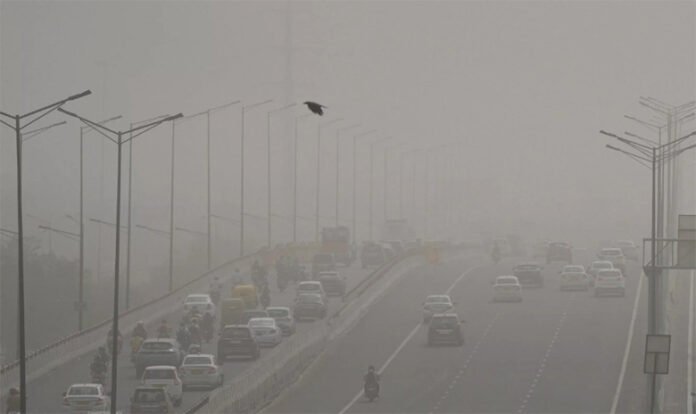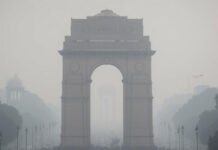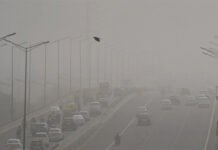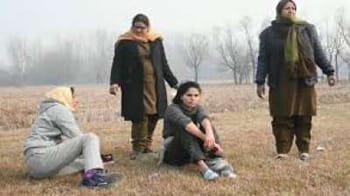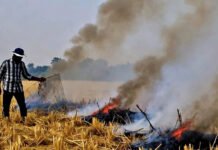As winter draws near, Delhi and the wider National Capital Region (NCR) are once again enveloped in heavy smog and toxic air. On October 26, 2025, the city recorded an Air Quality Index (AQI) of 318, placing it firmly in the “very poor” category. The haze is not just visible—it’s intrusive, and the health consequences are mounting. In this article, we explore the current status, causes, health implications and the efforts underway to regain breathable air.
Current Status & Data Snapshot
The early morning reading of 318 on October 26 signalled a significant deterioration in air quality, from preceding days when the AQI hovered around 257–293. Certain monitoring stations, like Anand Vihar in east Delhi, recorded AQIs above 400 (“severe”).
A detailed citizen survey conducted across Delhi, Gurugram, Noida, Faridabad and Ghaziabad (over 44,000 responses) revealed:
42 % households reported sore throat or persistent cough.
17 % reported asthma flare-ups or breathing difficulty.
44 % had consciously reduced outdoor activity because of the pollution.
Meteorological conditions are playing a role too: cooler mornings, calm winds, and atmospheric inversion layers are trapping pollutants near the surface.
Why is the Pollution So Bad Now?
H3: Post-Diwali Fireworks & Seasonal Factors
Despite regulatory efforts, the festival of Diwali triggered a major surge in airborne particles. The PM2.5 levels reportedly jumped from ~150 µg/m³ to nearly 650 µg/m³ in parts of Delhi during October 20-21.
Vehicular Emissions, Construction Dust & Stubble Burning
Vehicles, construction activity and regional fires (in Punjab, Haryana) all contribute significantly. The winter shift and changing wind patterns funnel these emissions into the NCR .
Calm Weather & Poor Dispersion
With wind speeds low (8-10 km/h) and a stable layer of cold air forming at night, the pollutants linger. As one expert put it:
“The winds have been dropping during the past few nights … pollutants being trapped.” The Times of India+1
Health Impacts – What You Should Know
Even healthy individuals are reporting symptoms. According to former All India Institute of Medical Sciences (AIIMS) director Randeep Guleria:
“The current high levels of air pollution are leading to acute health effects … even healthy individuals are reporting nasal stuffiness, throat pain, chest tightness and coughing.”
Key risk groups:
Children & infants: lower lung capacity, more vulnerable to PM2.5 and ozone.
Elderly & pre-existing heart or lung conditions: risk of exacerbation and hospitalisation.
Outdoor workers & commuters: prolonged exposure outside means higher cumulative dose.
Secondary dangers: Rise in ground-level ozone has been reported, which although not always visible in a haze, irritates airways and aggravates asthma.
Government Response & What’s Being Done
To combat the crisis:
The capital government has activated Stage 2 of the Graded Response Action Plan (GRAP): water-sprinkling at dust zones, construction curbs, monitored vehicular emissions.
A cloud-seeding trial is planned for October 29 to induce artificial rain and clear particulates, though experts question its long-term efficacy.
Health advisories have been issued: masks recommended, outdoor activity limited, vulnerable persons urged to stay indoors.
The Central Pollution Control Board (CPCB) and local bodies continue 24/7 monitoring of AQI and pollutant sources.

